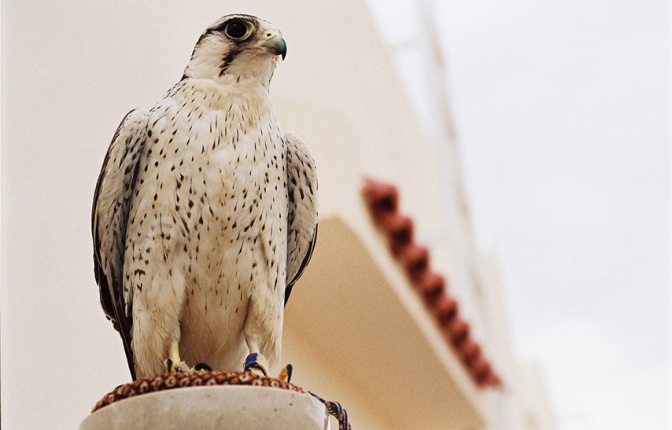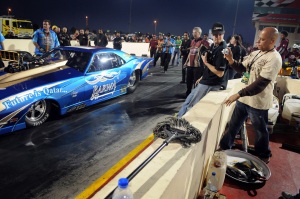During an open house event April 7, I joined University of Massachusetts Boston’s Critical and Creative Thinking program in honoring the work and upcoming retirement of Dr. Carol Smith, a professor of psychology and pioneer in cognitive development, conceptual change and restructuring, and learning for deeper understandings.
UMass Boston faculty members described Smith’s decades of dedication, compassion and goodwill, as she navigated through transformative learning and problem solving, identifying what’s important to think about, as well as why and how. They explained her comfort in appreciating diverse perspectives, and her capacity to offer mixed observations. Continue reading












